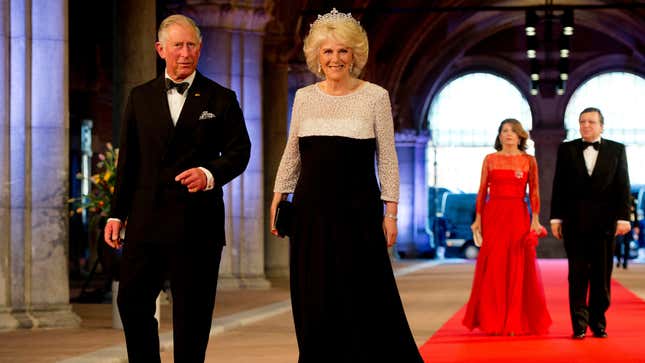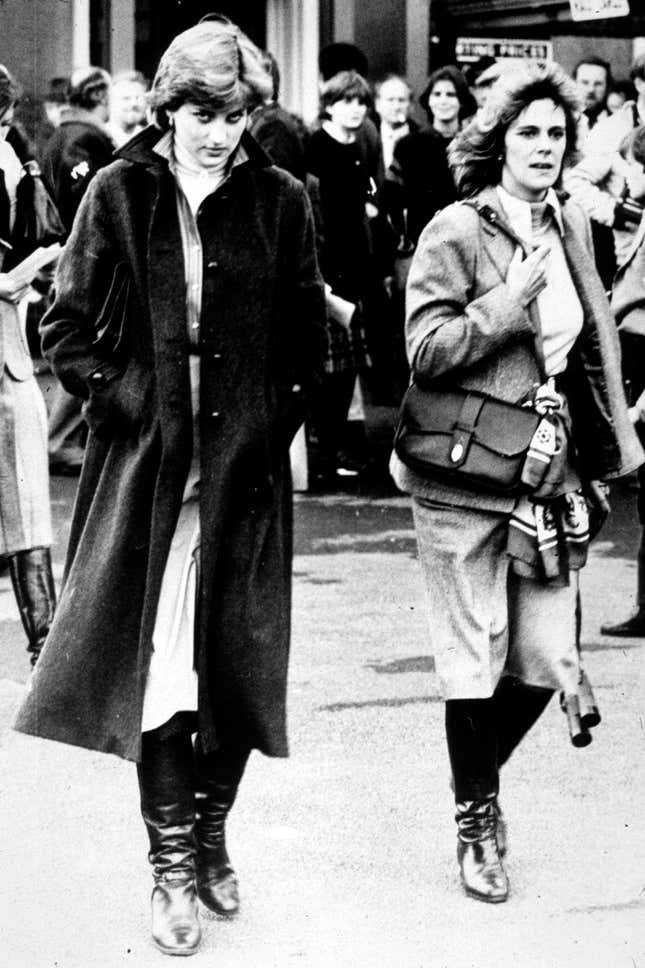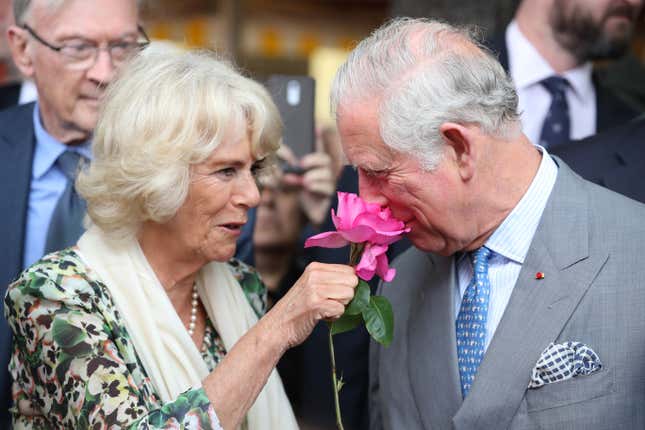How The Crown Undid Charles and Camilla's Decade-Long Rehabilitation
In Depth

The Crown is a problem for the Crown. Now in its fourth season the show, which takes as its subject the intertwined stories of Queen Elizabeth II’s life and the course of the 20th-century monarchy, is finally tackling the destructive public scandals of the 1990s—particularly the implosion of her heir’s first marriage. Peter Morgan and his lavishly gloomy drama have now enthusiastically begun to depict the failed fairy tale that was the marriage of Charles and Diana, Prince and Princess of Wales, and in the process, the wildly popular series threatens to jeopardize years and years of careful Palace work to rehabilitate the reputations of Charles, Camilla, and the institution itself. They’ve done their best to put the past behind them—but Netflix is beaming that past right back into homes around the world.
Charles and Camilla met in 1971, when he was 22 and she was 24. The best story about their meeting has Camilla cracking a joke about her great-grandmother, Alice Keppel, having been a favorite mistress to his great-great-grandfather Edward VI, but it may be apocryphal; biographer Jonathan Dimbleby says they were introduced by a mutual friend. But the line does sound like the Camilla described by friends—warm and somewhat saucy—and Charles’s most recent biographer, the well-sourced Sally Bedell Smith, says that Camilla was proud of her ancestor and even kept her portrait in her drawing room. Camilla was athletic and outdoorsy, the prototypical country girl, as well as slightly older and more experienced, in a long-running off-again on-again relationship with Charles’s fellow polo player Andrew Parker Bowles (who, at one point, went out with Charles’s sister, Anne). She was, by all accounts, charming and very, very fun.
According to Sally Bedell Smith, the two got involved in 1972, when Andrew Parker Bowles was doing six months of military service in Northern Ireland and Cyprus. But Charles wasn’t ready to settle down, and Camilla quite famously wasn’t considered royal bride material, anyway. Charles’s cousin, Patricia Montbatten, referred to the “obvious problems” with Camilla, i.e. her “history,” which is to say she had—like many modern women of 24—a sexual history that could be dug up and poured over. While on his own tour of military service, in the Navy, Charles was apparently shocked to learn that Camilla and Andrew were getting married.
-

-

-

-

-

-

-

-

-

-

-

-

-

-

-

-

-

-

-

-

-

-

-

-

-

-

-

-

-

-

-

-

-

-

-

-

-

-

-

-










































